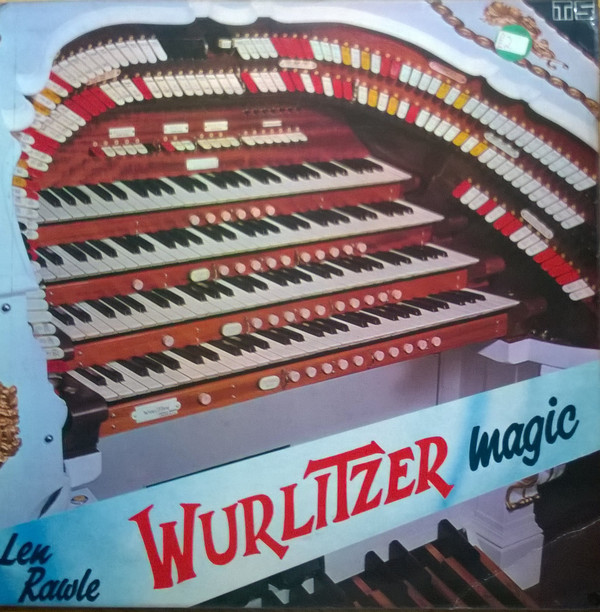A century ago, the theatre organ enjoyed its golden era and made one name above all – Wurlitzer – synonymous with the age of silent movies.
The theatre organ was designed originally as an accompaniment to silent films. Those early productions had been accompanied by a full pit orchestra but the arrival of the theatre organ, with its ability to imitate an orchestra and create special sound effects, meant every cinema owner had to have one.
In the early 1900s Englishman Robert Hope-Jones had developed the concept of the organ as a “one man orchestra”, electrifying it and creating a switching system to allow any combination of pipes and effects to be played at once. His instruments could produce numerous inventive sound effects, including train and boat whistles, car horns and bird whistles, and some could even simulate pistol shots, ringing phones, the sound of surf, horses’ hooves, smashing pottery, thunder and rain.
The new organs either incorporated or at least imitated other musical instruments – from piano and violin to trumpet, drums, cymbals, even bells and chimes. Hope-Jones dubbed it the “Unit Orchestra”: with it an organist could imitate an entire dance band or orchestra.
Hope-Jones merged his operation with the company founded by Franz Rudolph Wurlitzer, a German immigrant living in New York, and soon their most famous pipe organ – The Mighty Wurlitzer – was introduced. Wurlitzers were installed around the world in cinemas and theatres and found their way into museums, churches and private residences.
In the UK the theatre organ helped to enhance the cinema experience once the “talkies” had arrived and were played during musical interludes as part of the entertainment. American made, the Wurlitzers were costlier than the UK models but despite that 12 were sold here between 1924 and 1926. A Wurlitzer factory was established in London.
They proved immensely popular, played not only in cinemas but broadcast widely on the BBC. They were marketed as “the organ with the golden throat”. The best known was installed in 1935 after Reginald Dixon persuaded the management of the Blackpool Tower Company to install a larger Wurlitzer in the Tower Ballroom, a new organ of three manuals and 13 ranks (sets of pipes) which could be heard above the throng of the thousands of dancers.
The Wurlitzers time in the limelight was brief. The sound of Al Jolson’s voice in The Jazz Singer in 1927 – the first feature length film with a synchronised recorded score and lip-synched singing and speech – spelt doom for the theatre organ. Soon Hollywood was putting sound in every movie it produced and by the mid-1930s, most American theatre owners had replaced their organs with speaker systems and the last to be installed in the UK was in 1939.
You can enjoy the joyous sounds of the Wurlitzer among a collection of around 50 organ LPs to be found at The Record Album. Featured artists include Reginald Foort, Jesse Crawford, Robin Richmond, Len Rawle, Phil Kelsall (principal organist at the Blackpool Tower ballroom since 1977), Dudley Savage, Eric Rogers, Ronald Curtis, Joseph Seal, Armsbee Bancroft, Dick Leibert, George Blackmore, Lenny Dee, Alan Haven, Vic Hammett, Jerry Allen and Brian Sharp.
In addition, there are recordings by two noted Brightonians: Douglas Reeve, known as ‘Wonder Boy’ and Brighton’s Mr Music from his time as resident organist at The Dome Theatre, and John Mann, who used to play for the skaters at the town’s ice rink.
